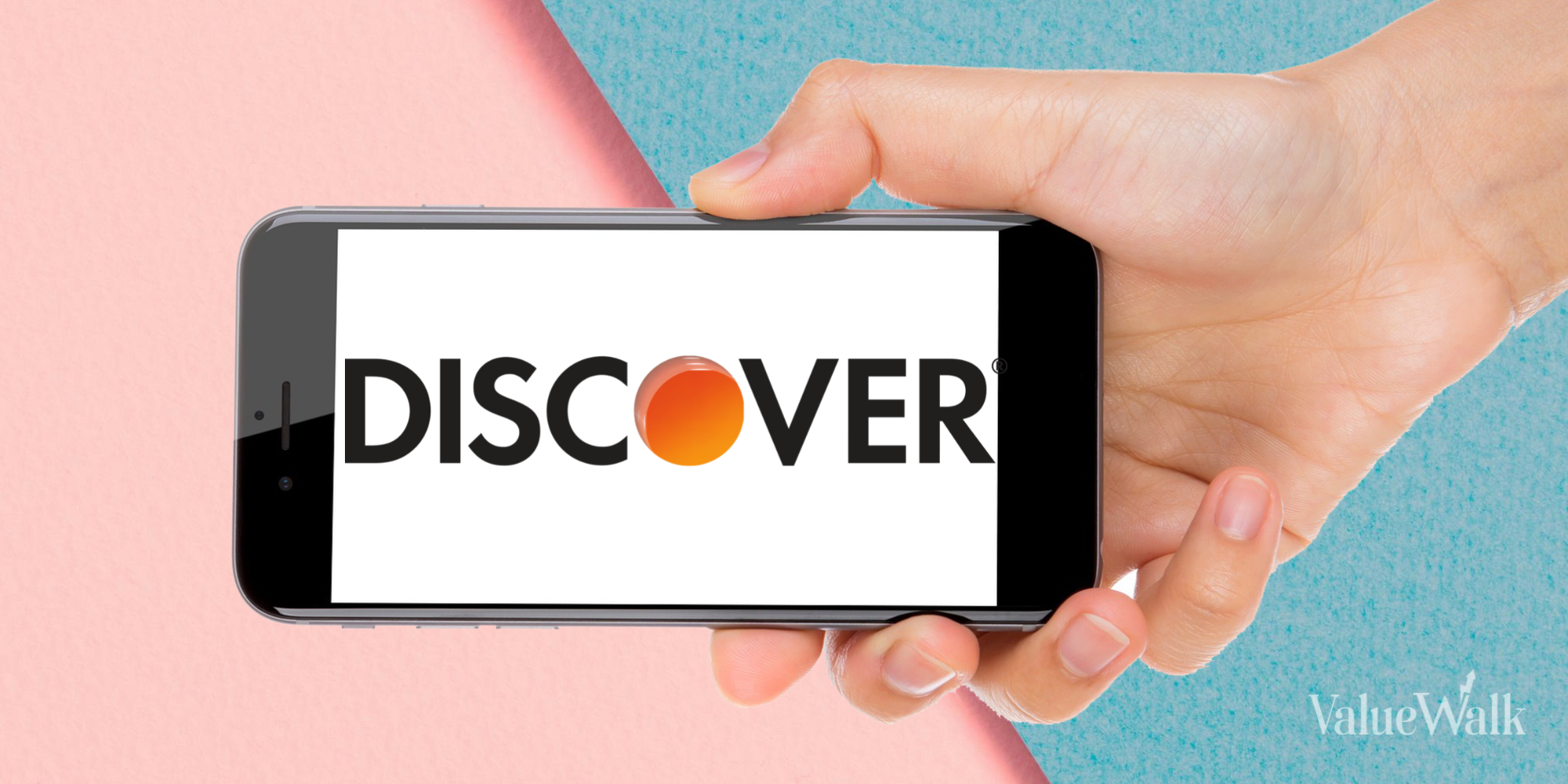The Secret to Empathizing with Prospects
February 3, 2015
by Dan Solin
PDF | Page 2
Advisor Perspectives welcomes guest contributions. The views presented here do not necessarily represent those of Advisor Perspectives.
A loved one slips and falls. You rush over to assist. They are in great pain. If you examine your emotions at that moment, you can literally “feel” their pain.
Compare this situation to one in which you don’t know the other person. Take the recent tragedy of the AirAsia plane crash. I’m sure we all sympathized with the fate of the passengers on board, but certainly not to the same extent we would have if one of our loved ones were on that aircraft.
In a previous article, I discussed the critical role of empathy in increasing sales. The more you empathize with a prospect, the more likely it is that the prospect will become a client. There are many studies supporting a positive correlation between empathy and sales.
When you are seen as empathetic, it increases your “likability” and the perception that you are trustworthy. When a prospect believes you are likable and trustworthy, the odds of that prospect becoming a client increase exponentially.
Here’s the problem: It’s quite easy to empathize with a loved one. But how do you demonstrate empathy with your prospect, who is a stranger?
This question was the subject of a study published in the January 15 issue of Current Biology. The study aimed to determine how to create empathy between strangers. The authors compared how undergraduate students reacted to painful stimuli in different scenarios: alone, with a friend, with a stranger, between two strangers given a stress-blocking drug and between two strangers who had spent 15 minutes playing a video game together.
In one scenario, students were asked to submerge their arm in ice-cold water. They were then asked to rate the level of their pain. Their pain scores remained the same when they were alone or sitting across from a stranger. But here’s the key finding: They felt more pain when they engaged in this exercise sitting across from a friend.
PDF | Page 2
Remember, if you have a question or comment, send it to [email protected].
Contact Us | Privacy Policy
© 2015, Advisor Perspectives, Inc. All rights reserved.











